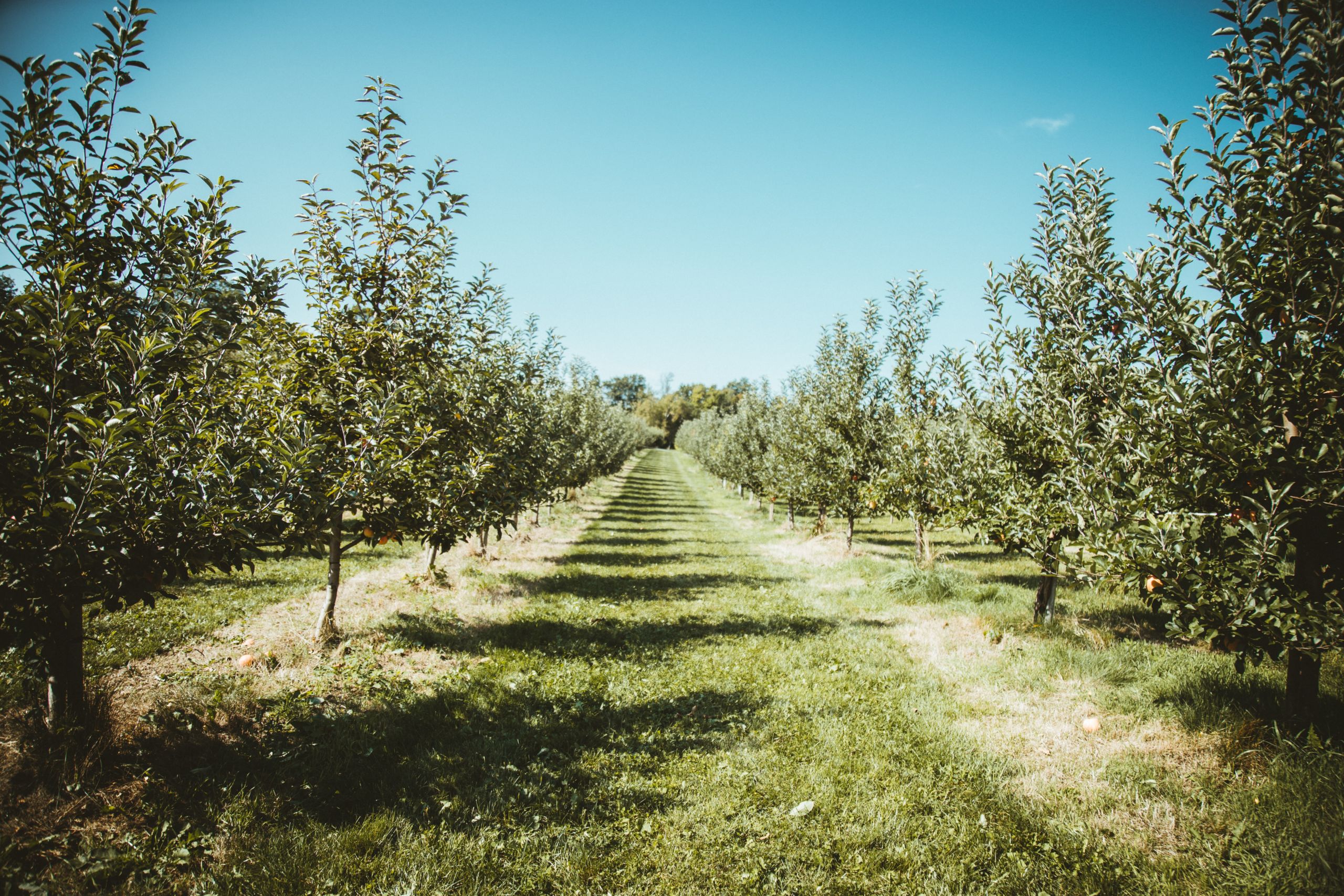Avocados are native to Mexico and grow best in tropical environments. To thrive, avocado trees need warm temperatures and plenty of water. Native populations in these tropical regions of the planet have known avocados are rich, buttery, healthy, and tasty for centuries. In reality, the rest of the world has only known about these amazing superfruits for a few decades. With this popularity, farming avocados worldwide has become quite profitable, yet there have been great costs to the local environment in some areas. Avo farming in places like California, Mexico, and Chile have become newsworthy for droughts and threatening biodiversity. However, other areas of the world, like Uganda, find that their unique climate is perfect for farming avocados. Let’s learn about avocado farming in Uganda.
Avocado Farming In Uganda
Uganda is a tropical country located in East Africa. They have perfect conditions for avocados and have well-established varieties growing in the country since the 1550s. Uganda has high-quality soil, a warm climate, and ideal rainfall patterns for growing avocados. In fact, Uganda has the most consistent rainfall pattern in the world.

Ugandan Avocado Farming and the Hass
Hass avocados are a bit controversial in the Ugandan agricultural sector. Ugandan avo farmers have been growing avocados for centuries, so why incorporate the Hass avocado into their cultivar? Many locals prefer their “old avocados” and are skeptical about the possible impact Hass avocados could have on indigenous crops. Some worry the Hass variety will cause other avocado varieties historically grown in Uganda to go extinct. Other avo varieties (called “ova” in Uganda) are also used for medicinal purposes, and herbalists fear the repercussions of reduced availability for their patients.
Some farmers avocado farming in Uganda support the expansion of Hass into Uganda, however. Hass avocados have a longer shelf-life and transport much better than other varieties, which is why that variety is so popular globally. Local Ugandan avocado varieties ripen in 3 to 4 days, whereas Hass takes 2 to 3 weeks to ripen at room temperature and 4 to 6 weeks to ripen if refrigerated. This shelf-life gives farmers and transporters plenty of time to harvest the superfruit and deliver it to almost any country in the world. Some avocado farmers also point out that to grow Hass avocados, the Hass branch must be grafted onto the rootstock of the native varieties, making the plant a symbol of the connection between the new avocado variety the old.

Spreading Hass Avocados Across Uganda
The Ugandan government agrees with avocado farming in Uganda; the Hass has so many benefits for their country that it is here to stay. It isn’t strictly about the financial benefits, either. The Ugandan government supports and encourages their farmers to cultivate Hass avocado trees for environmental reasons as well. Planting more avocado trees helps battle deforestation, which causes irregular dry seasons, longer drought periods, and unpredictable heavy rainfalls, all of which are disastrous for other crops in the country. In mountainous areas, the strong roots of the avocado trees can combat erosion and landslides too.












